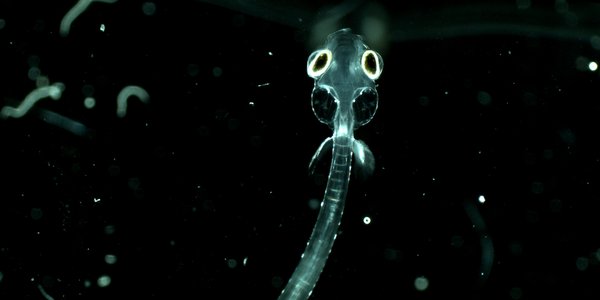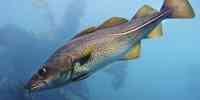2020
Result: (47) Showing 31 - 47

Herring larvae swim towards the sun
27.04.2020

story
Watch the cod spawn
16.03.2020

The skrei is on its way
21.01.2020

Polar cod in climate crisis
15.01.2020

Learning to reveal the secrets of the sea
09.01.2020











